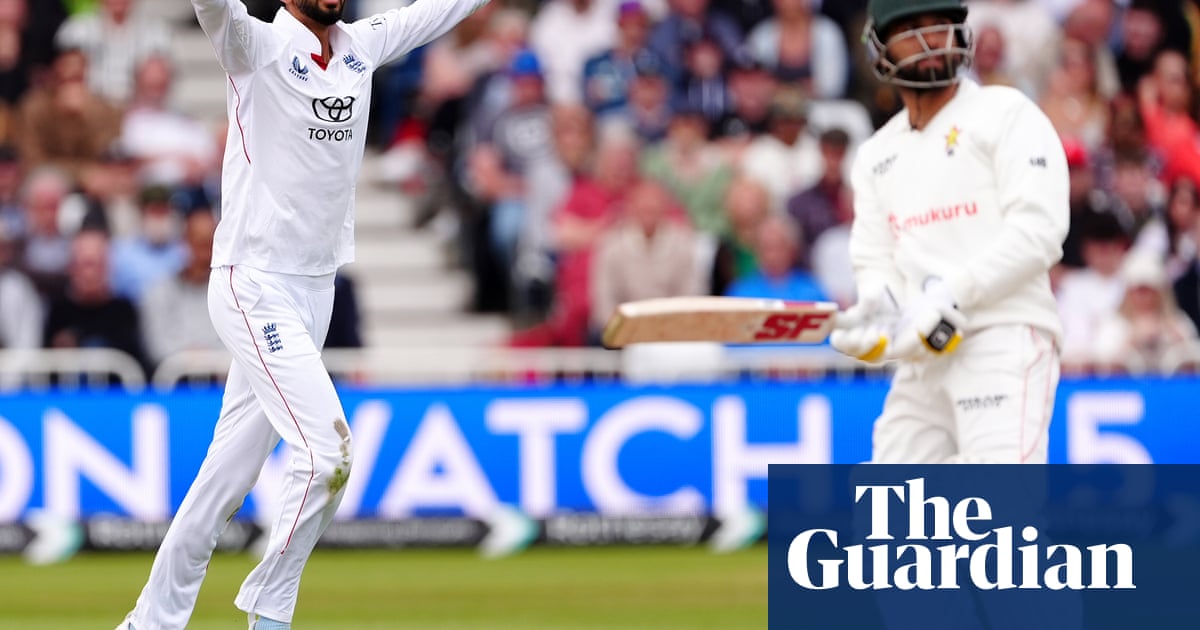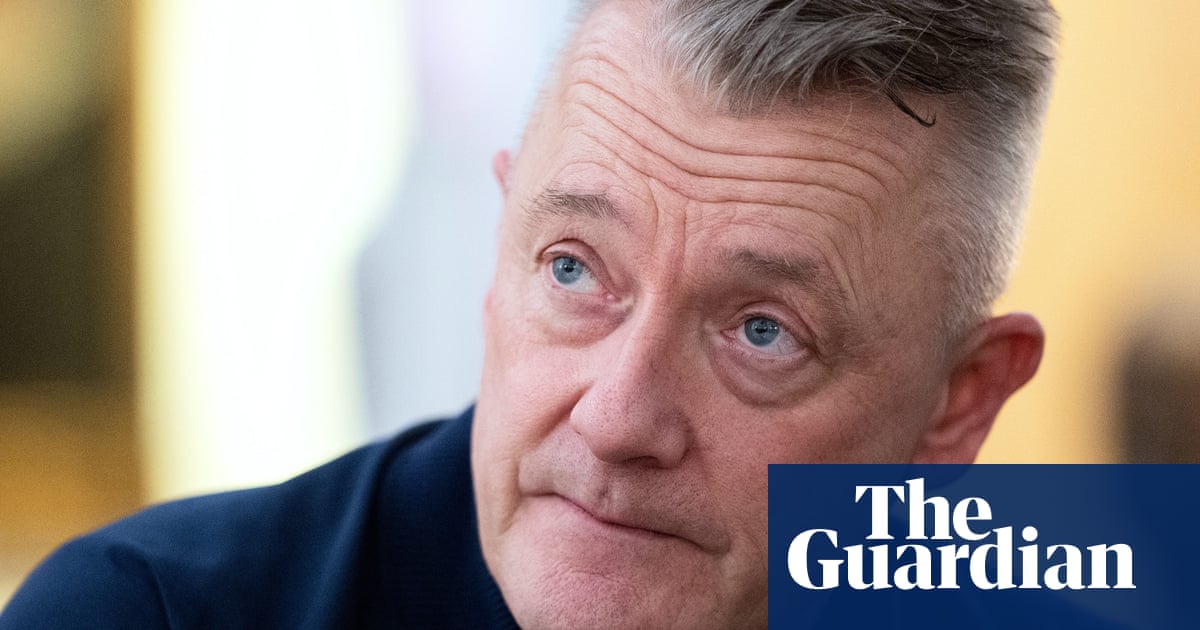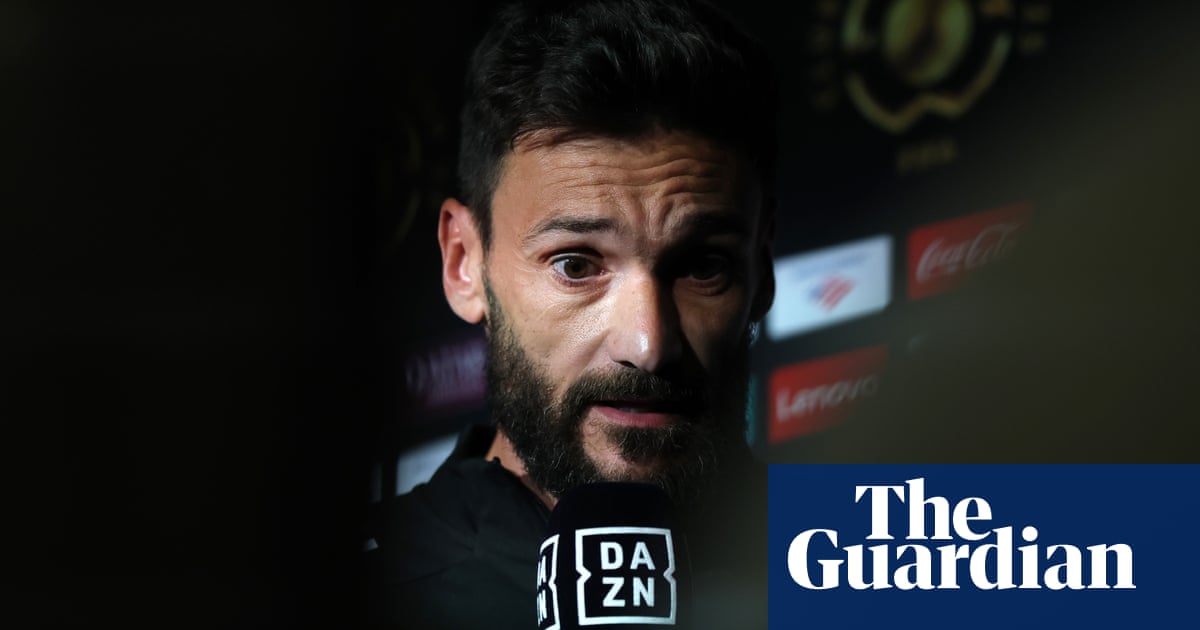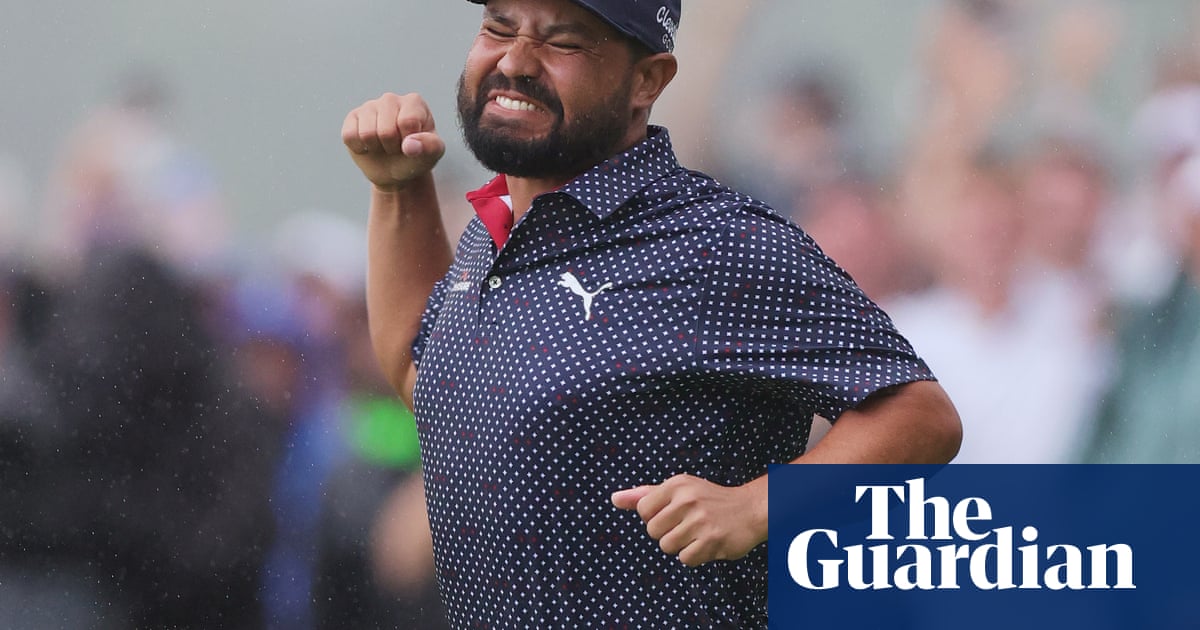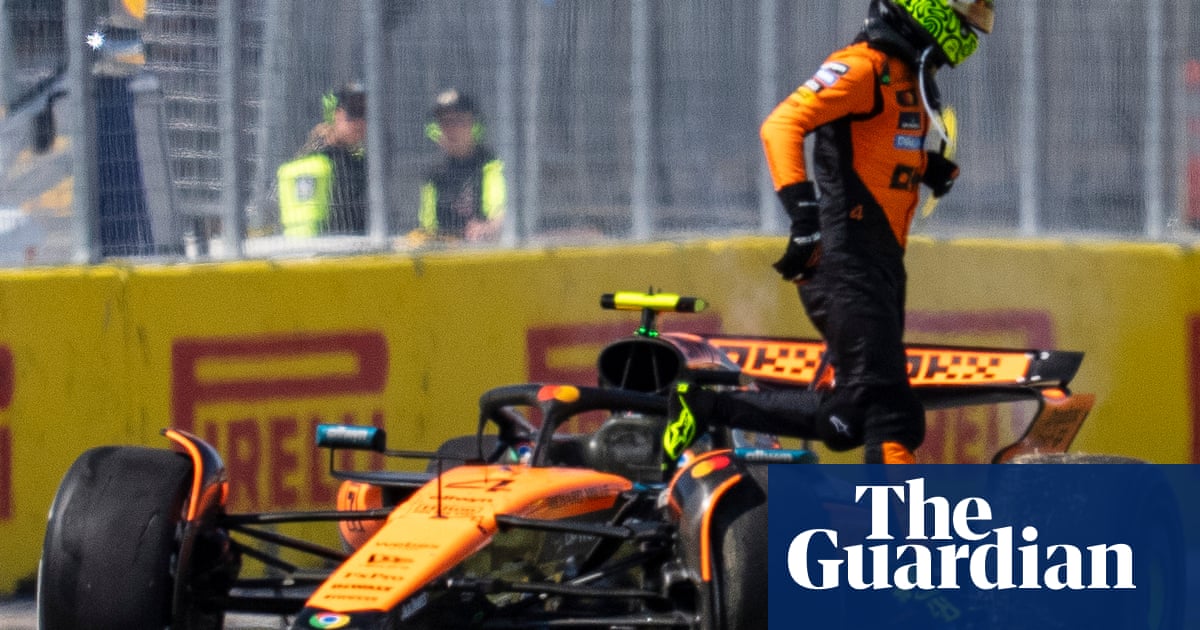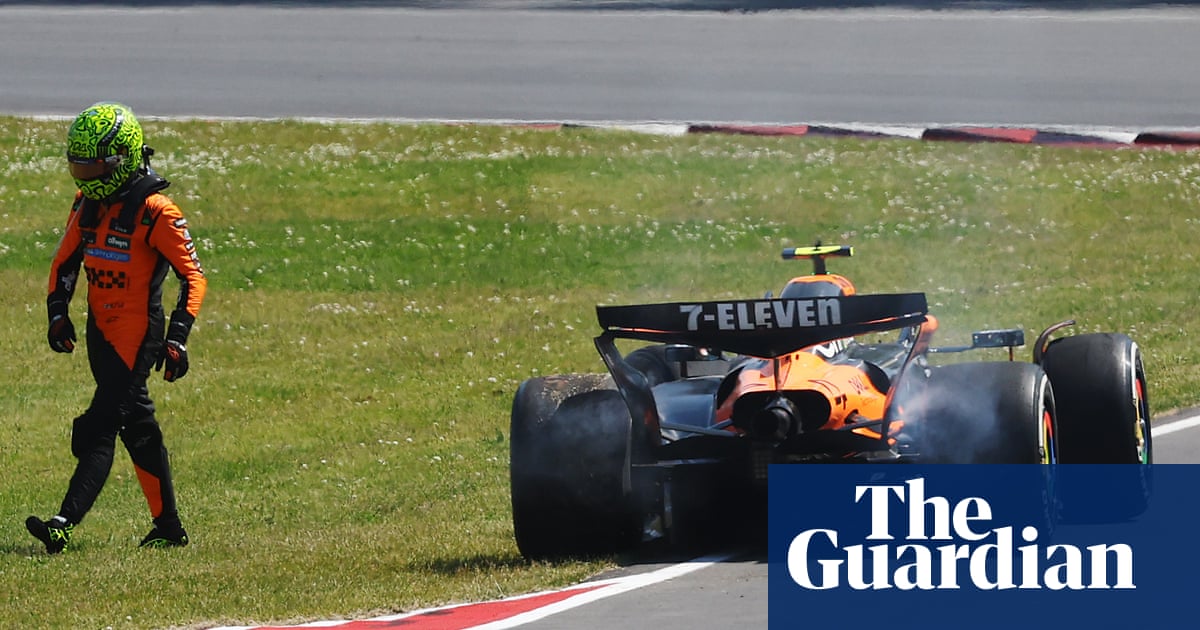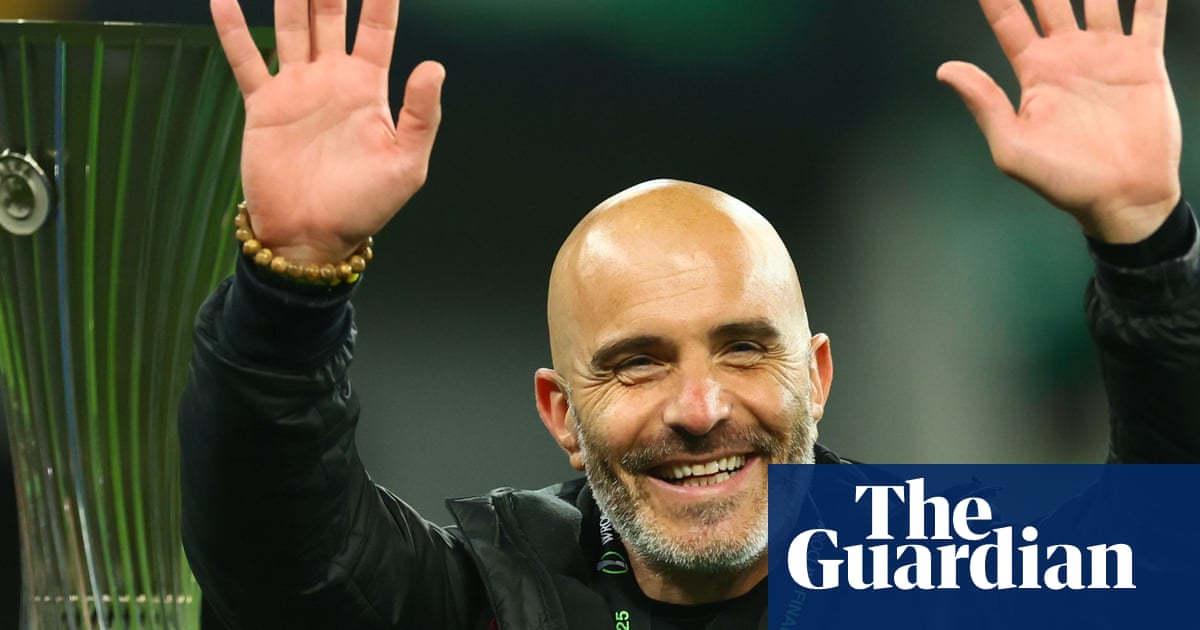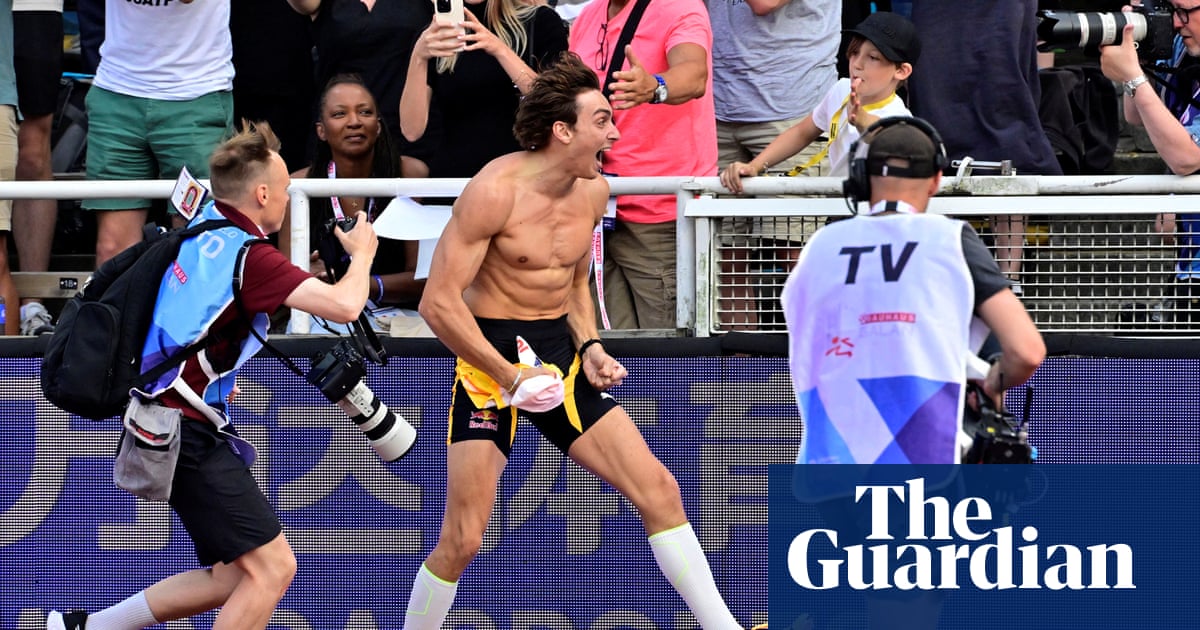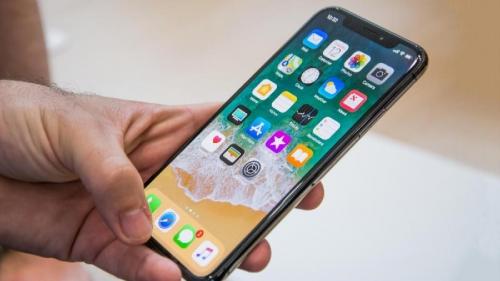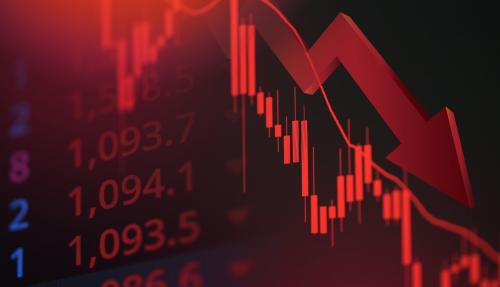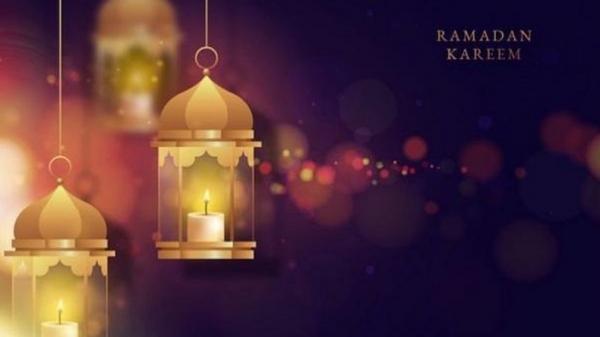Javier Zanetti looked suitably awed as he read aloud from the label of a Limon Lime Mas by Messi drink, up on stage at the Chase Stadium VIP reception suite, dressed entirely in silky black tailoring, and looking like an elite hired assassin on his way to the opera, albeit one whose speciality is downing his victims in an ice bucket of the Future Of Hydration.
To be fair, Zanetti didn’t have many options when it came to striking a tone. A few moments earlier he’d been introduced by a marketing manager who spoke about Lionel Messi’s new energy drink in tones of high-performance evangelism, gazing with doe-eyed wonder at the small plastic bottle in his hand and predicting that the “official hydration partner of the Argentine FA” (water: you’re out) would go on not just to make you less thirsty or become a popular choice in petrol stations, but to “inspire generations”. Here was a guy who has really drunk the Mas.
And why not? The Mas by Messi launch was an intoxicating event. Beautiful fragrant people drifted about enjoying the Mas vibes, the Mas buzz, the bottomless Mas shots at the bar (“Try the Berry Mix, sir?”). Reporters and TV crews, the Mas Media, lurked at the fringes. Even the World Cup was here, lending its gravity from behind its bulletproof plinth.
Mas does seem a fitting edition to the energy drink pantheon, in that it also tastes like someone has washed a packet of Skittles with sea water and collected it in a plastic skip. But perhaps the most striking thing, all the more so the morning after a distinctly framed Club World Cup opening night, is that it has an excellent name.
Mas means more, as in more gas, ever deeper energy levels, and to be fair after spending the first 20 minutes like a man looking for his keys on the beach, Messi did get notably stronger as the night went on. Mas is also the name of the wealthy and useful owners of Inter Miami, Jorge and Jose. It captures in one word Fifa’s vision for football, which is basically gluttony, endless growth, the world is not enough.
But above all of these things it’s good, current and culturally on point because it’s Spanish. And the one lesson so far of being around this roided-up Club World Cup is that Spanish is very clearly the lingua franca of this tournament, the language of football in America, and the language of elite football, as we say here, period.
This is overwhelmingly a Hispano-Latin-Iberian tournament. And not just because it is based in South Florida, but structurally, economically and demographically.

From the US the furore over Trent Alexander-Arnold speaking a few words of Spanish seems doubly parochial. Not just because he now lives in Madrid and works for a Spanish employer. But because that elite tier of football, from players, to coaches to power brokers, is also speaking Spanish.
The opening game was a massively Spanish/Hispanic/Central-South American affair, not just because 70% of the crowd were in Messi shirts, worn with the kind of event-zeal Americans bring to Halloween costumes or wearing a Pitbull scalp cap to a Pitbull show. The show was Spano-phile. the hype music was Latino club tune. Two days earlier the King of Football himself had delivered a rare video address at the Coral Gables golf club. And of course Gianni Infantino, for whom this was all, naturally, muy importante, spoke in spnissh.
This applies just on the numbers. More than 300 South American players are here, a third of those taking part. A startling 105 Argentinian players are involved, 47 of them based outside Argentina. It feels like a moment of coronation for Argentina as the current chief single export power at this level of football. Guardiola‑ism remains, 20 years on, the tactical template for basically all football everywhere, to the extent the language of, even in English, is now Spanish-inflected, managers like Graham Potter and Enzo Maresca indefinably Spanish-styled.
Club dressing rooms have long reflected this. Part of Luis Enrique’s transformation at Paris Saint-Germain has been to defeat “the divide”, the line between a previous Spanish-speaking mega-cartel and other parts of the squad. Asked to assess Kylian Mbappé’s suitability before his move to the French champions Messi himself commented at the time that Mbappé would be fine in Paris because “he speaks perfect Spanish”.
Kalvin Phillips noted that one of the problems he found settling at Manchester City was the fact he didn’t speak Spanish, which sounds bizarre until you remember City have seven Spanish-speaking coaches, that John Stones had Spanish lessons to help him forge an understanding in defence, that Erling Haaland taking Spanish lessons even before he joined City was held up an example of his meticulous prep. Learning Spanish is probably the most obvious controllable element for anyone who wishes to make it in elite football now. José Mourinho, the translator, owes his career to his language facility. Infantino carries his mega-fluency like a weapon.
It seems self-evident at this tournament, and self-evident given the holders of both men’s and women’s World Cup and Champions League are Spanish-speaking, given the makeup of recent world’s-best-player rosters, but this feels like a summit moment in football’s Spanish-inflected domination.
And ever in place where everything from the opening night to the chat in the bars and buses and press conferences is in Spanish, football finds itself sitting naturally on a line of tension, a mirror to the world around it.
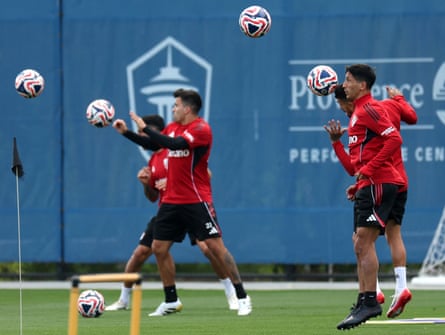
Florida’s tropical panhandle is also the site of Fifa’s newest HQ , a place that in turn sits right across one of the nation’s keenest racial and linguistic lines. Spanish is political here, both an immigrant language an the generational mother tongue of an influential part of the demographic. Nicaraguans, Venezuelans, Cubans and Mexicans have all been openly menaced by Donald Trump’s deportation rhetoric.
Football has wrapped itself around this in Fifa’s key target market. The crowd that filled the stadium on Club World Cup opening night was hugely Latin, as was the crowd, to a lesser extent, at the No Kings protest in South Beach the same day, lining the pavements and grassy knolls, waving their placards in favour of Hispanic immigration rights, all beneath a vast Stalinist-scale mural of Messi himself, up above the fray like the eyes of Gatsby’s Doctor T.J. Eckleburg staring down sadly on the concerns of the world, while also, in a non-Mas twist, advocating the consumption of light Beer.
There is a note of potential power shift here. Europe’s clubs will still dominate this Club World Cup, will scoop most of its $1bn prize pot, taking it back to the Uefa heartlands. The Premier League, which is only really an English entity in its geography, is the master of this process of talent outsourcing, a league so powerful it has in effect contracted out the production of talent and expertise.
The Club World Cup may be driven by greed and the lust for power. It does, though, have a grain of a point when Fifa states that it might also become a redistributor of wealth. South America is keen on this tournament because it is a chance to take its own slice of the pie, perhaps even to reverse just a little its status as the production arm of European football, to halt that drift, the talent drain, to retain and develop more, to say, after many years as the colonial talent pool, No Mas.
.png)
 17 hours ago
5
17 hours ago
5

